Discovery of an Ancient Tumor
In a groundbreaking discovery, archaeologists unearthed a 3,000-year-old burial chamber in an ancient Egyptian cemetery containing the remains of a young woman with a teratoma, a type of tumor typically found in the ovaries or testicles. This finding marks the oldest documented case of a teratoma in Africa, shedding light on ancient medical conditions.
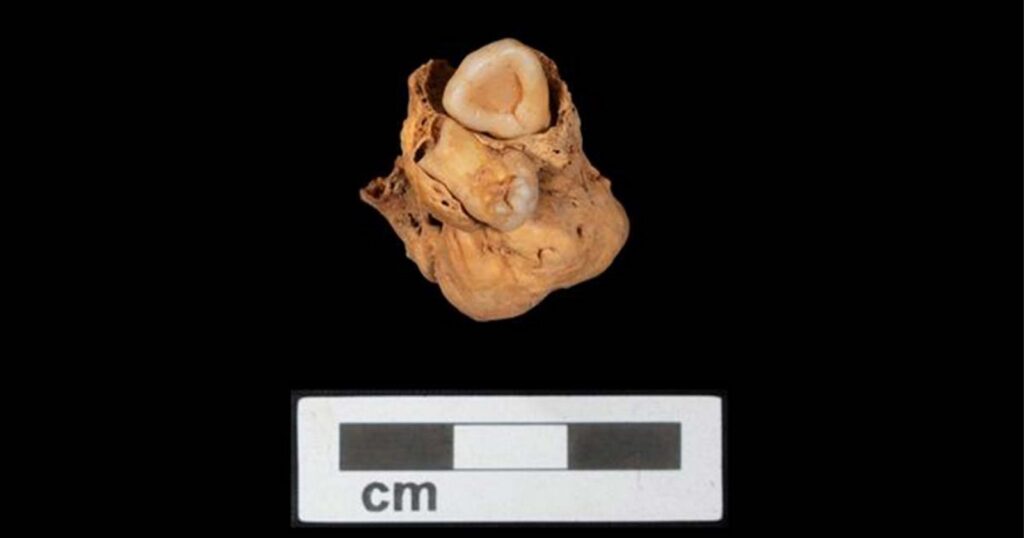
Exploring the City of Amarna
Amarna, situated on the Nile River’s eastern bank, was a prominent city during the reign of Pharaoh Akhenaten. The excavation site, linked to Amarna, has been extensively studied, revealing insights into ancient Egyptian culture and burial practices.
Teratoma: An Uncommon Discovery
Teratomas, tumors comprising various tissues such as hair, muscle, teeth, or bone, are rare archaeological finds. In this case, the teratoma discovered in the pelvic region of the young woman exhibited deformed teeth, indicating its ovarian origin.
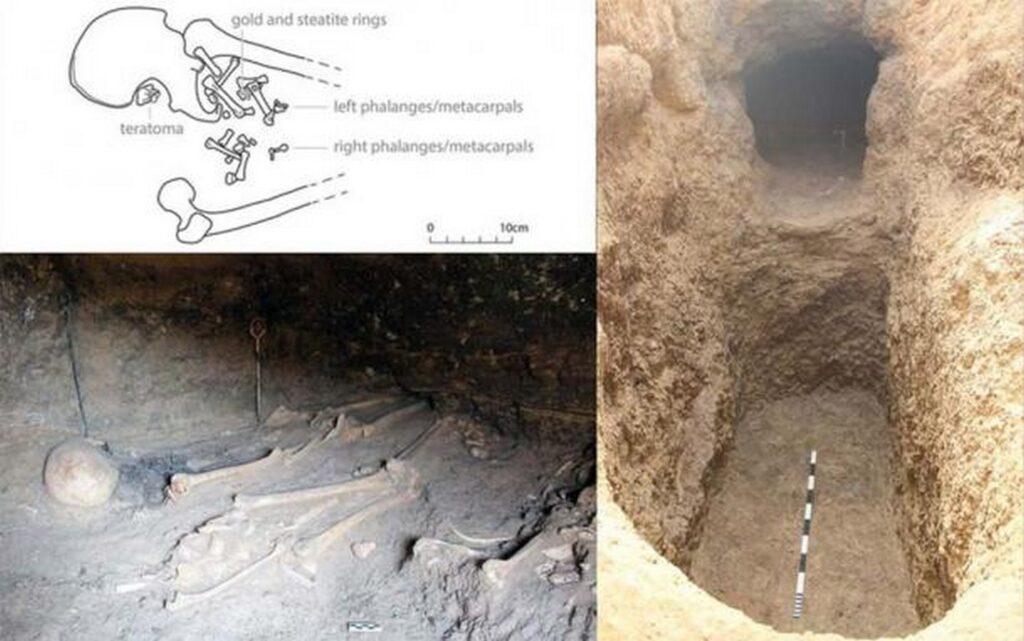
Investigating the Medical Anomaly
The presence of teeth within the pelvic tumor led researchers to diagnose it as an ovarian teratoma, ruling out other potential conditions. The woman’s age and the tumor’s location suggest that it might have caused discomfort, prompting the use of magico-medical objects like the Bes ring found on her left hand.
Insights into Ancient Egyptian Medicine
The Bes ring, associated with childbirth, fertility, and protection, hints at the woman’s attempt to alleviate symptoms or seek divine assistance for conception. This finding adds to our understanding of ancient Egyptian medical practices and beliefs surrounding health and well-being.
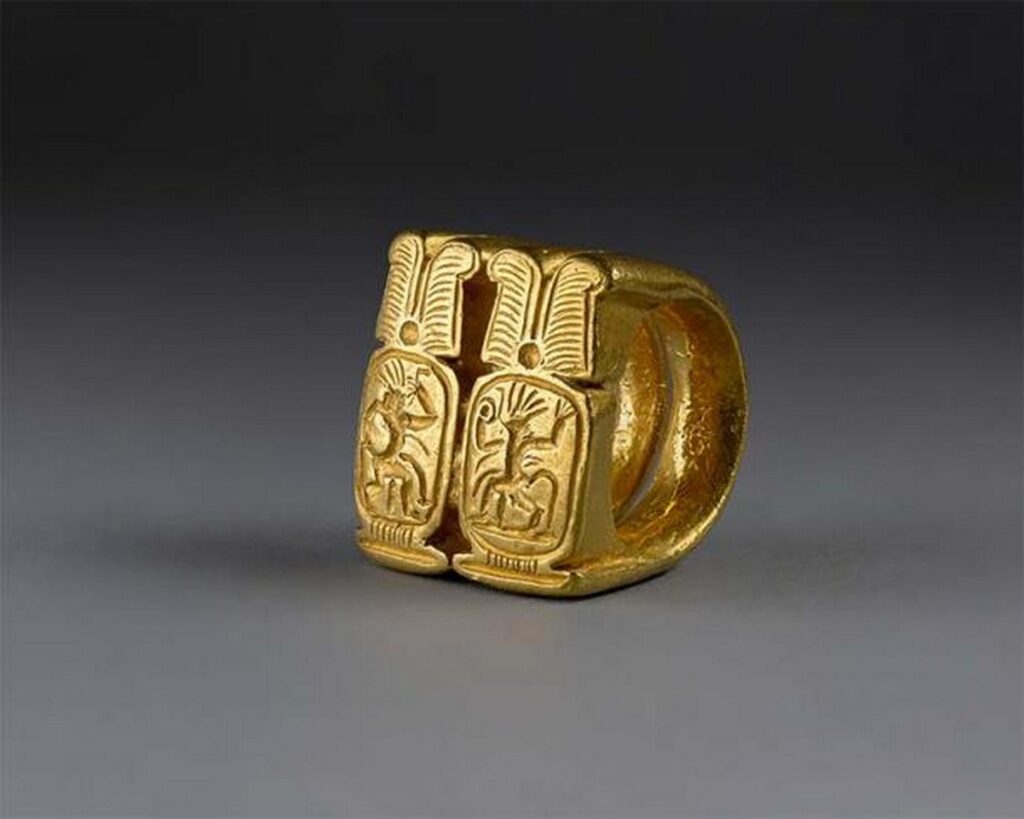
Future Research Directions
Ongoing analysis of skeletal remains from the Amarna cemetery aims to uncover biological relationships among individuals buried there. Further investigations into Egyptian burials featuring magico-medical objects promise to reveal more about ancient healing practices and religious beliefs related to health.


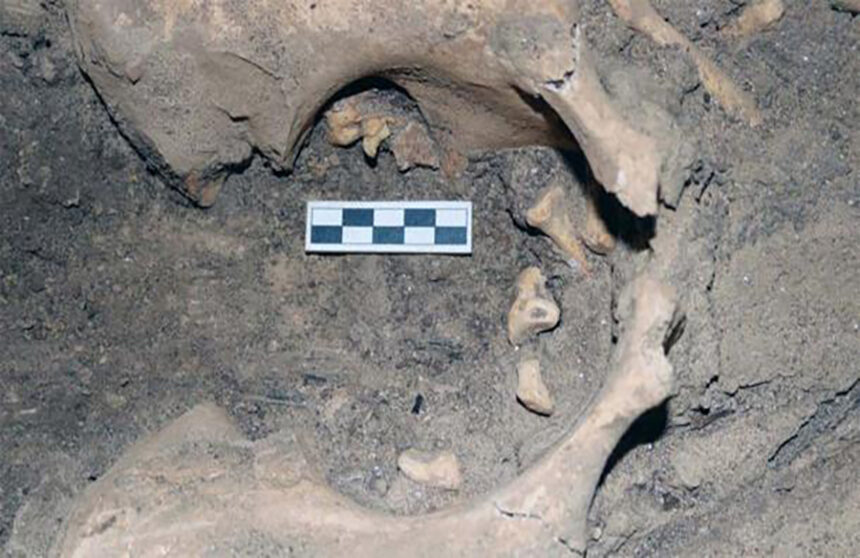
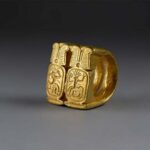
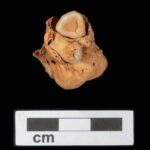
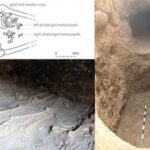
Leave a Reply